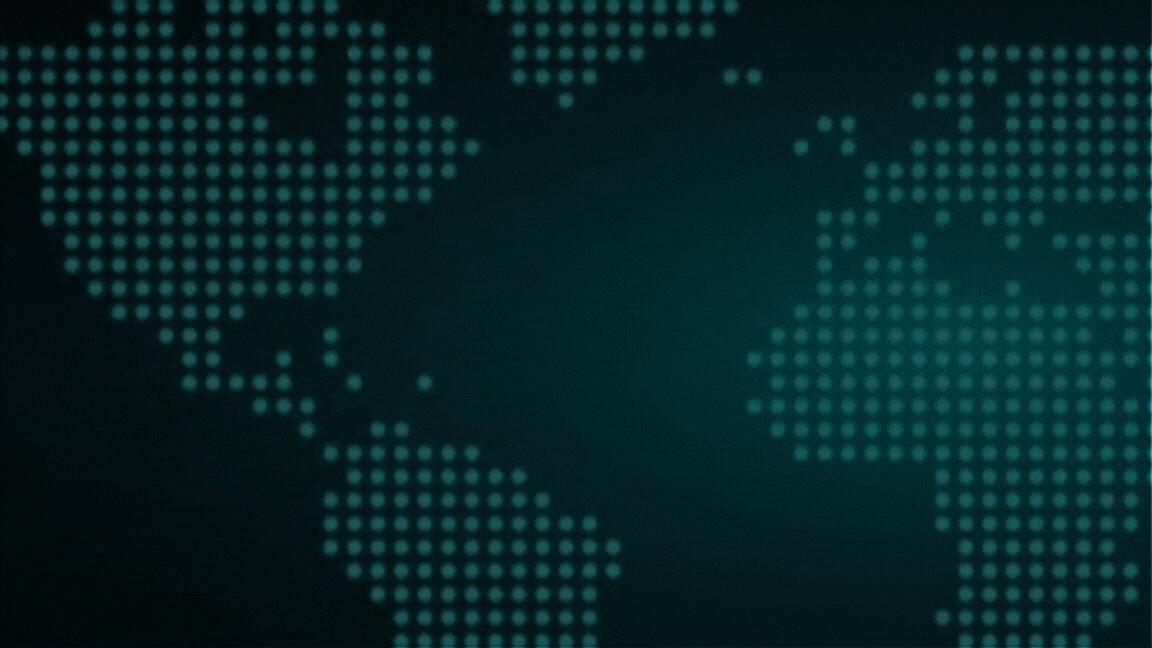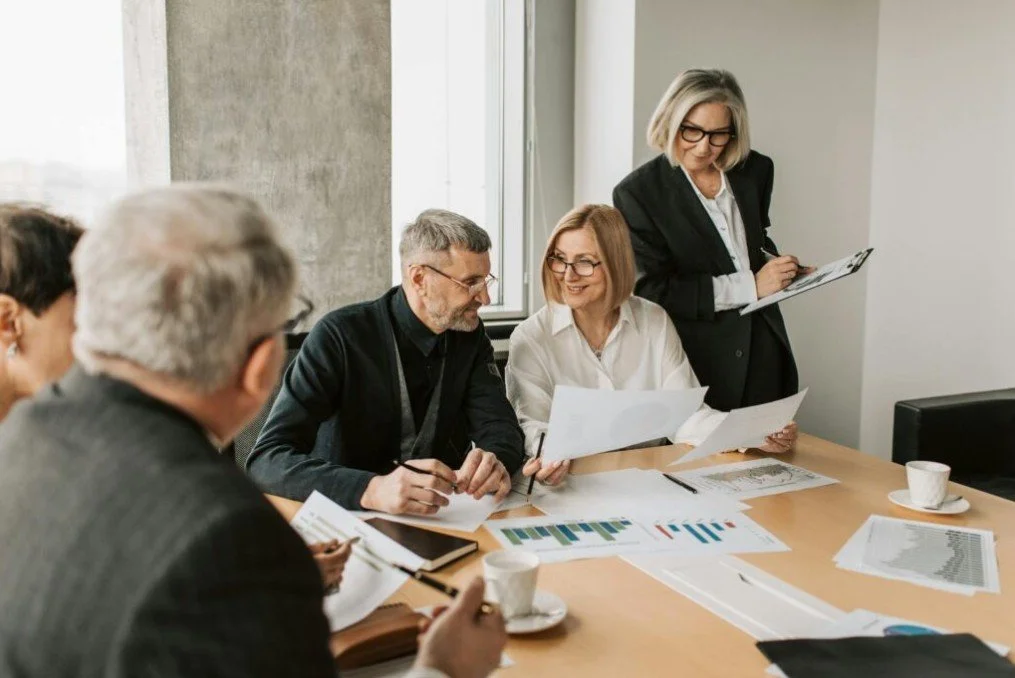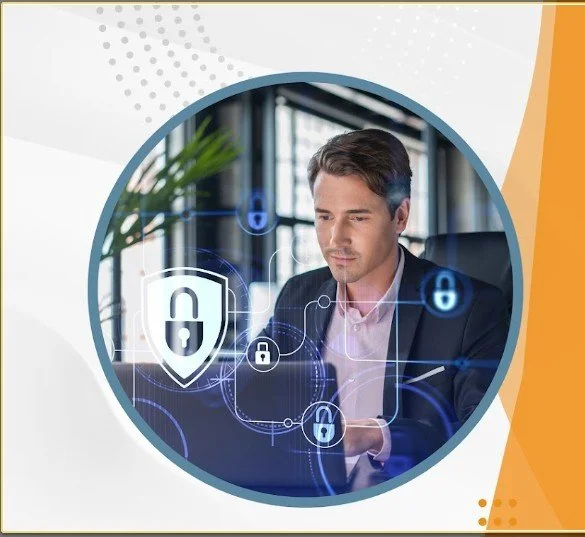Cybersecurity for Cloud-Native Environments: A Practical Framework
/Introduction
As more organizations across the United States transition to cloud-native architectures, cybersecurity has evolved from a technical concern to a strategic business priority. The flexibility and scalability of cloud-native systems — built on containers, microservices, and dynamic infrastructure — have unlocked new possibilities for innovation.
Yet, these same features introduce unique security challenges. Traditional perimeter defenses no longer suffice when workloads shift across hybrid and multi-cloud environments. To safeguard modern operations, companies must adopt a practical, adaptable, and continuous security framework designed specifically for the cloud-native world.
1. Rethinking Security for Cloud-Native Systems
Cloud-native environments are dynamic — workloads spin up and down within seconds, and components communicate through APIs across distributed networks. Security must therefore move from static defenses to dynamic, embedded protection.
Instead of securing the perimeter, forward-thinking organizations secure the workload itself.
This means integrating security controls directly into the development pipeline, where every new container, function, or microservice is vetted for compliance and vulnerabilities before deployment.
2. The Zero-Trust Foundation
At the heart of modern cloud security lies the Zero Trust model — a philosophy built on one principle: never trust, always verify.
Every connection, whether internal or external, must be authenticated and authorized.
In a cloud-native environment, this involves:
Strong identity and access management (IAM)
Multi-factor authentication (MFA)
Least-privilege access policies
Continuous monitoring of API and network activity
Zero Trust ensures that no single misconfiguration or compromised credential can jeopardize the entire system.
3. Secure the CI/CD Pipeline
Speed is the defining strength of cloud-native development — but it can also be a vulnerability. Automated pipelines accelerate innovation, yet they can push insecure code into production if not carefully governed.
Organizations should embed security testing throughout the DevOps cycle (DevSecOps) by:
Running vulnerability scans during build and deployment stages
Using container image signing and verification
Enforcing compliance gates before release
Monitoring dependencies and open-source libraries for risks
Security in CI/CD isn’t a checkpoint — it’s a continuous, automated safeguard that evolves with each iteration.
4. Container and Kubernetes Security
Containers and orchestration platforms like Kubernetes have revolutionized deployment, but they introduce complex layers of exposure.
Best practices include:
Regularly patching container images and base OS layers
Isolating workloads with namespaces and network policies
Using role-based access control (RBAC) for Kubernetes clusters
Scanning container registries for vulnerabilities
A secure Kubernetes environment should have visibility, control, and auditability across every node, pod, and API connection.
5. Observability and Incident Response
Cloud-native security doesn’t stop at prevention — it thrives on detection and response.
By integrating observability tools that combine metrics, logs, and traces, organizations gain real-time visibility into performance and potential threats.
Advanced analytics and AI-driven insights can help teams detect anomalies early, trigger automated responses, and reduce dwell time — the window between breach and containment.
6. Shared Responsibility in the Cloud
A common misconception among enterprises is that cloud providers handle all aspects of security. In reality, security is shared.
While providers like AWS, Azure, and Google Cloud secure the underlying infrastructure, the customer remains responsible for application-level, identity, and data protection.
This requires clear policies around:
Data encryption at rest and in transit
Backup and recovery strategies
Compliance mapping (HIPAA, SOC 2, ISO 27001, etc.)
Ongoing employee training on cloud security best practices
7. Building a Culture of Continuous Security
Technology alone cannot protect modern businesses — people and process complete the framework.
Organizations that embed cybersecurity awareness into their culture build stronger, more proactive teams. Cross-functional collaboration between developers, operations, and security leaders ensures that protection evolves alongside innovation.
Regular threat simulations, red team exercises, and security retrospectives help maintain readiness in an ever-changing environment.
Conclusion
Cloud-native technologies have transformed how American enterprises innovate, scale, and compete — but they also require a new mindset toward protection.
By embracing a Zero Trust architecture, integrating security into DevOps, and prioritizing observability and education, organizations can establish a practical cybersecurity framework built for today’s fast-moving digital landscape. Let The Trevi Group help you build your organization to make that happen.
In the modern economy, security is not a cost — it’s a catalyst for trust, resilience, and sustainable growth.
The Trevi Group | “Executive Search for Technology Professionals” | www.TheTreviGroup.com
#thetrevigroup #informationtechnology #cloud #cybersecurity #cloudsecurity




















